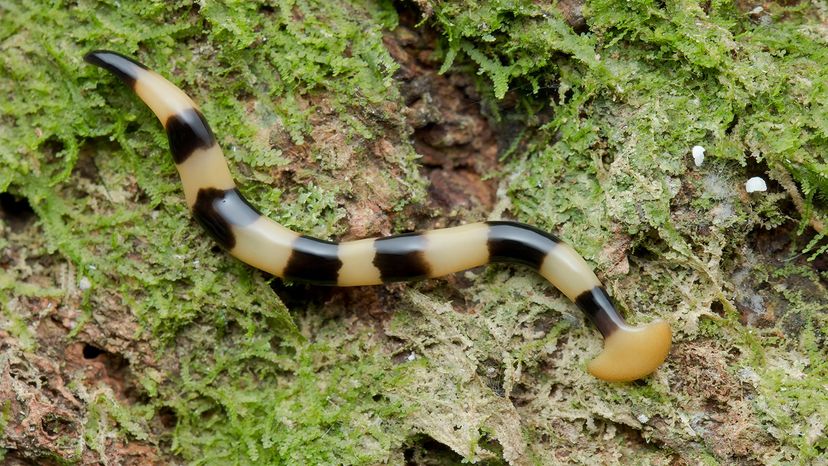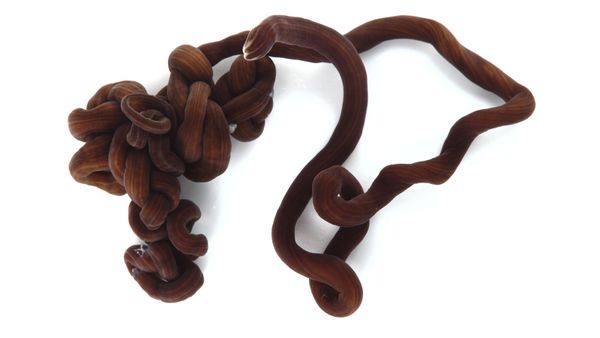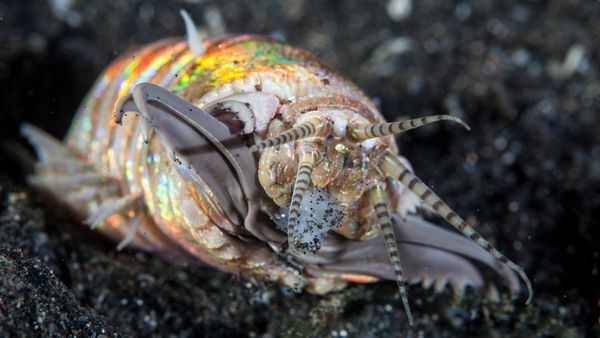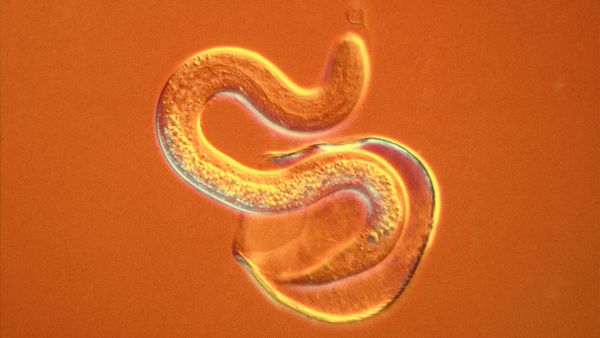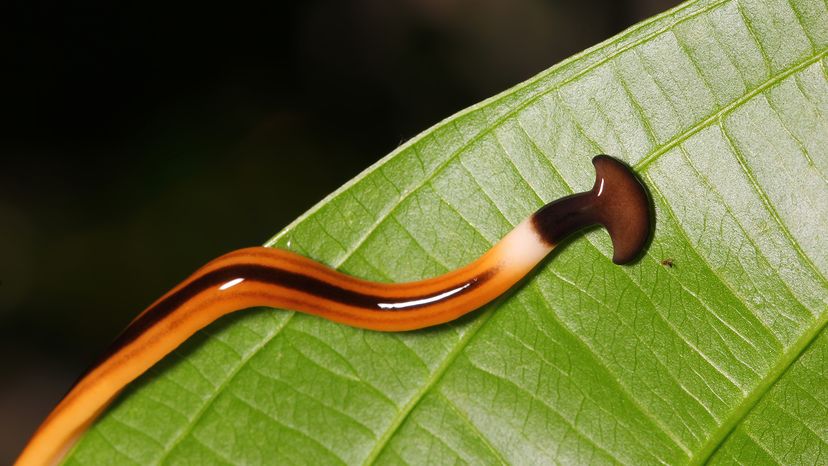
Every now and again, Americans get word that a new killer invertebrate is invading our country: killer bees, murder hornets, fire ants, the list goes on and on. It keeps the news spicy.
Hammerhead flatworms — commonly called hammerhead worms — occasionally make headlines because they aren't native to many regions and are toxic, aggressive predators. Their slimy, leech-like bodies with anvil-shaped heads, resembling a hammerhead shark, add to their menacing reputation.
Advertisement
